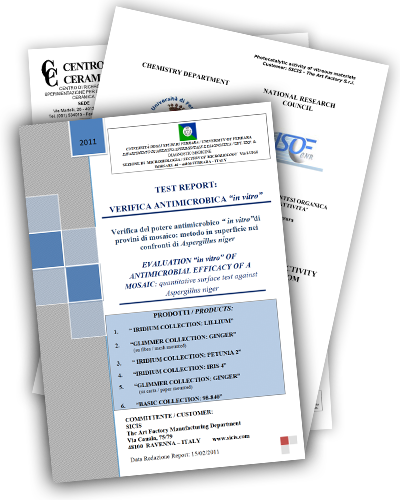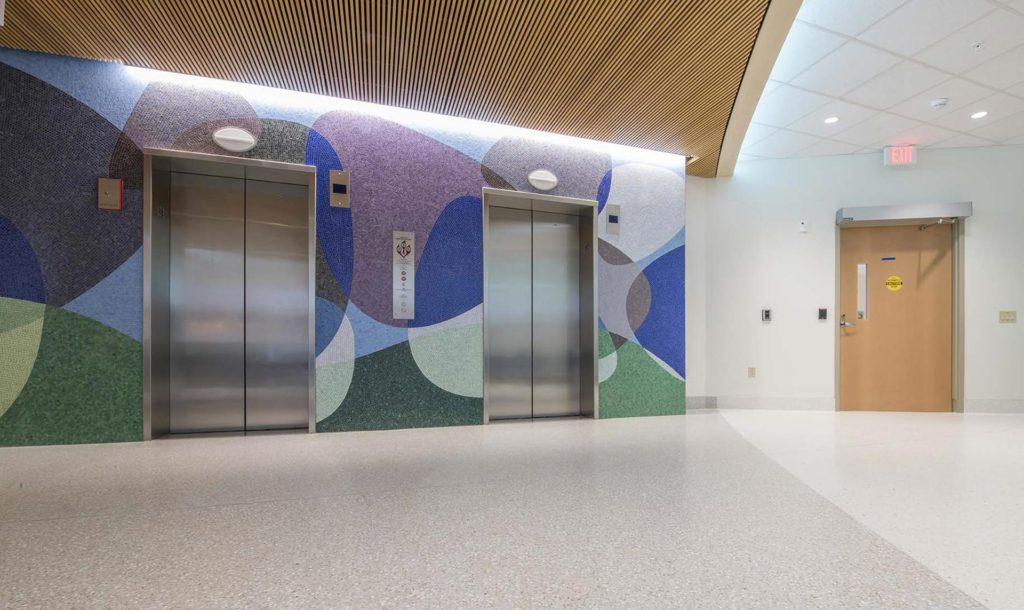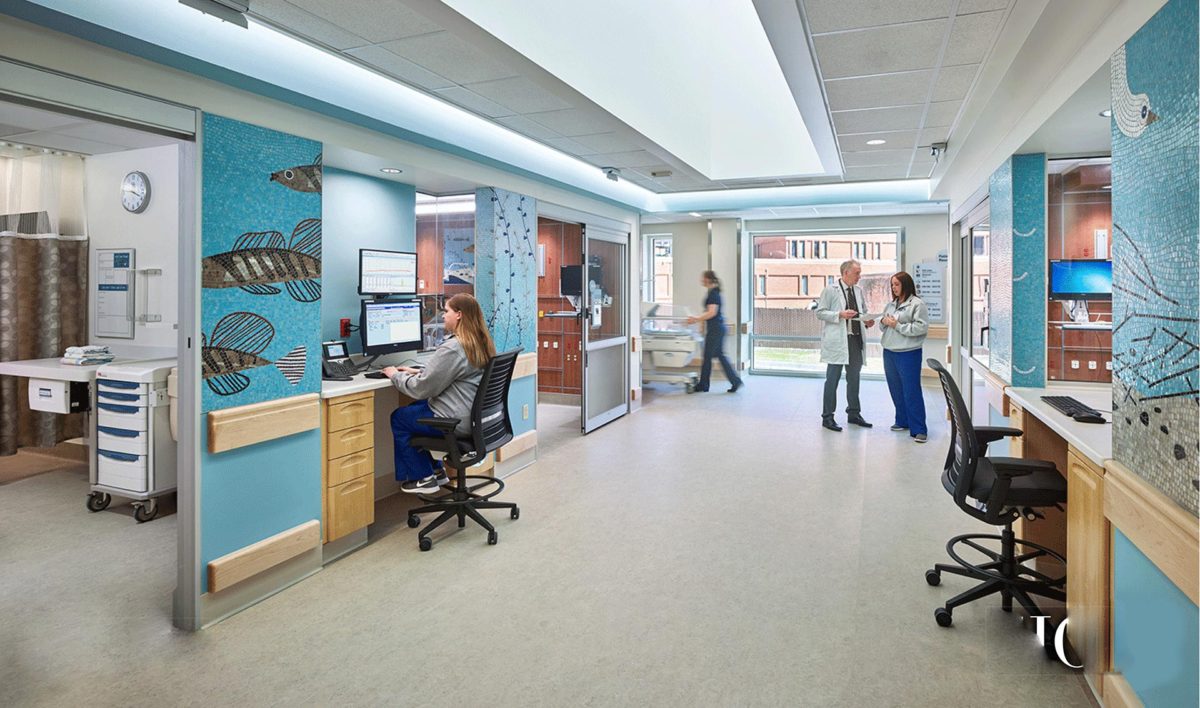“SICIS ability of developing products with cutting-edge technological qualities.”
It is clear that what’s happening now in the world will change future expectations, the perceptions of what it’s necessary and important. This also in the architectural design, in the research and choice of materials to be used for houses, offices, schools. Everywhere.
In the near future the ambiances will be even more welcoming and flexibles, thought with surfaces that are easy to sanitize, with antibacterial materials, but at the same time bright, open, lovable places.
We are ready to offer products, coatings, materials able to satisfy all these characteristics and needs.
The antibacterial properties of SICIS products
The glass mosaic and Vetrite glass slabs produced by SICIS have antibacterial, antimicrobial, anti-mould and self-sanitizing properties, as demonstrated by the certificates obtained by 3 different independent institutes of research, such as the Experimental Station of Glass in Murano, the University of Ferrara and the Ceramic Centre of Bologna.
The collections of our glass mosaics and Vetrite glass slabs contain anatase, one of the tetragonal phases of titanium dioxide TiO2.
This substance, in presence of UV rays, is known to produce photocatalytic activity.
The photocatalytic activity, subject of numerous research and development programs all over the world, allows the achievement of some special properties, including self-cleaning, the removal of some pollutants from the air and self-disinfection of bacterial contaminants and moulds.
The peculiar characteristics of the photocatalytic materials and therefore of our products come from the ability to use the light energy (solar or artificial) to activate chemical reactions that lead to the destruction of polluting compounds.
The same light energy allows to activate bactericidal processes, allowing to realize self-sanitizing surfaces thanks to the only exposure to a light source, and it has recently highlighted that surfaces treated with titanium dioxide show evident disinfection capacity following exposure to even modest flows of UV-A.
The areas of use of SICIS glass products
On the bases of these premises, it’s therefore possible to apply our glass mosaics and Vetrite in hospitals, production environments (pharmaceutical, food) and other special ambiances with controlled biological contamination, or more generally, in healthcare environments, coatings for use in ambiances of public destination (for example canteen kitchens and bathrooms, restaurants, hotels, etc.).
Some of the projects we carried out
Our glass mosaics, in particular tesserae from the Glimmer and Iridium collections, have been used to cover the walls of the Kentucky Children’s Hospital in Lexington and the Clinique la Prairie in Clarens.
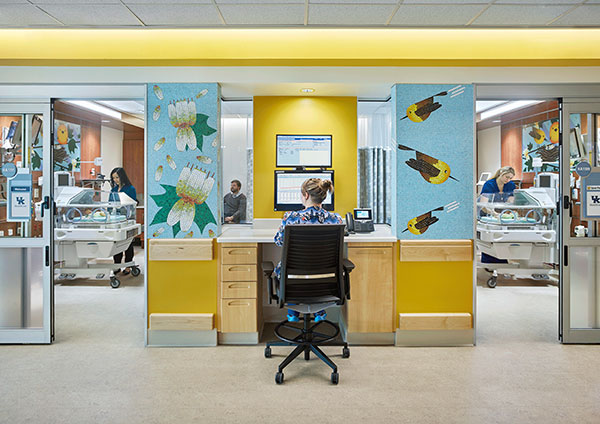
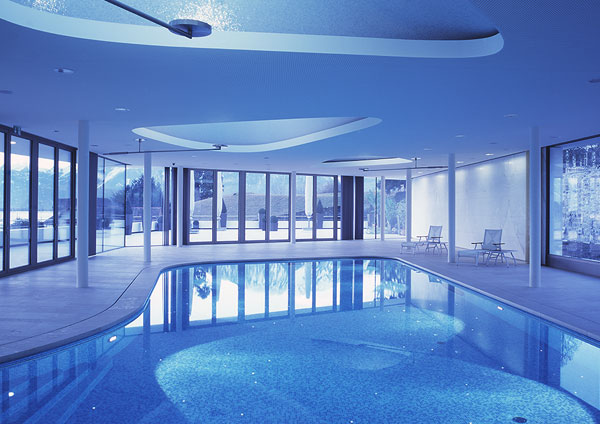
Download the certificates and the technical report on titanium dioxide
Fill in the form below to download the certificates related to the photocatalytic activity obtained by SICIS, as well as the technical report that describes how the chemical process works.
